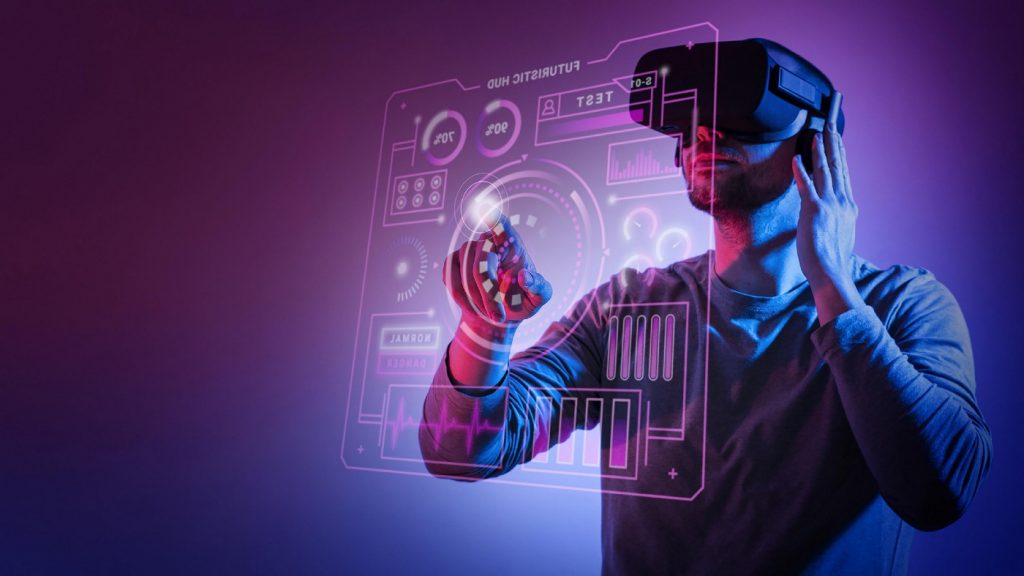
GUEST POST from Chateau G Pato
As we stand on the brink of the fourth industrial revolution, one technology promises to rewrite the rules of communication and connectivity: 5G. This fifth-generation wireless technology is not just an incremental improvement over its predecessor, 4G; it represents a paradigm shift that will redefine how we connect, communicate, and create. As a thought leader committed to exploring groundbreaking innovations, I am thrilled to dive into the multifaceted impact of 5G technology and share two compelling case studies that illustrate its transformative potential.
The Edge of a New Era
When people hear “5G,” they often think of faster speeds and lower latency. While these are indeed hallmark features, the real potential of 5G lies in its ability to create entirely new ecosystems of connectivity. With speeds up to 100 times faster than 4G and latency as low as 1 millisecond, 5G is the catalyst for new applications and services that could not exist before.
Consider the following advancements:
- Enhanced Mobile Broadband (eMBB): Ultra-fast speeds enable smoother streaming, quicker downloads, and more robust mobile experiences.
- Massive Machine-Type Communications (mMTC): 5G supports a vast number of IoT devices, facilitating smarter cities, improved resource management, and widespread automation.
- Ultra-Reliable Low-Latency Communications (URLLC): Critical applications like autonomous driving and remote surgery become feasible, thanks to near-instantaneous data transmission.
These capabilities collectively create a landscape where the impossible becomes possible, redefining both personal and professional realms of communication and connectivity.
Case Study 1: Transforming Healthcare with 5G
Organisation: Teladoc Health
Healthcare has traditionally been bound by the limits of geography and infrastructure. Teladoc Health, a leader in telemedicine, is leveraging 5G technology to eliminate these barriers and deliver groundbreaking healthcare solutions.
Scenario: Remote Patient Monitoring
Imagine a rural area where access to specialized healthcare is limited. With 5G-enabled devices, Teladoc Health can monitor patients remotely in real-time. Wearable biosensors transmit critical health data instantaneously to healthcare providers, who can then make timely decisions that could be life-saving.
Impact:
- Immediate Diagnosis and Treatment: Doctors receive real-time updates on a patient’s condition and can intervene instantly if abnormalities are detected.
- Enhanced Accessibility: Patients in under-served areas gain access to specialized care without the need for long-distance travel.
- Cost Efficiency: Reduction in hospital re-admissions and emergency room visits translates to significant cost savings in the healthcare system.
Teladoc Health’s 5G-integrated approach showcases how enhanced connectivity can provide quality healthcare to remote ends of the world, illustrating the profound social impact of this technology.
Case Study 2: Revolutionizing Urban Mobility
Organisation: Ericsson & Autonomous Vehicle Testing in China
Autonomous vehicles (AVs) have been a subject of intrigue and speculation for years, but their widespread adoption hinges on the seamless exchange of massive amounts of data — something only 5G can handle. Ericsson, in collaboration with automotive companies in China, has been conducting large-scale trials to perfect AV technology using 5G.
Scenario: Autonomous E-Taxis in Smart Cities
In densely populated urban environments, congestion and pollution are ongoing challenges. Autonomous electric taxis (E-Taxis) guided by 5G networks present a futuristic solution.
Impact:
- Reduced Traffic Congestion: Real-time data enables AVs to communicate with each other and traffic management systems, optimizing routes and minimizing congestion.
- Enhanced Safety: Ultra-reliable, low-latency communication allows AVs to react almost instantaneously to obstacles or changing conditions, significantly reducing the likelihood of accidents.
- Sustainability: Electric AVs contribute to a reduction in greenhouse gas emissions, aligning with global sustainability goals.
This pilot initiative is revealing that 5G technology can make smart cities more efficient and livable, bringing us closer to a future where urban transportation is not just smarter, but also greener.
Conclusion
The advent of 5G technology is more than just a technical upgrade; it is a transformative force that will reshape numerous facets of our daily lives and interactions. Through enhanced connectivity and higher speeds, 5G will enable unprecedented innovation across industries, from healthcare to urban mobility and beyond. The case studies of Teladoc Health and Ericsson’s AV trials in China are only the tip of the iceberg, demonstrating the immense promise and potential of this cutting-edge technology.
As we navigate this new digital frontier, it is crucial for industry leaders, policymakers, and innovators to collaborate and harness the full capabilities of 5G. The future is not just about more data and faster speeds; it’s about creating new opportunities that improve our quality of life and drive societal progress.
Let’s embrace the 5G revolution and unlock the doors to a more connected, efficient, and enlightened world.
SPECIAL BONUS: The very best change planners use a visual, collaborative approach to create their deliverables. A methodology and tools like those in Change Planning Toolkit™ can empower anyone to become great change planners themselves.
Image credit: FreePik
![]() Sign up here to get Human-Centered Change & Innovation Weekly delivered to your inbox every week.
Sign up here to get Human-Centered Change & Innovation Weekly delivered to your inbox every week.










 Linda Bernardi is a Technology Strategist, Investor, and Founder & CEO at StraTerra Partners, The Bernardi Leadership Institute and a Strategic Advisor at Cloudant Inc. She is also the Author of Provoke, Why the Global Culture of Disruption is the Only Hope for Innovation. Learn more here about
Linda Bernardi is a Technology Strategist, Investor, and Founder & CEO at StraTerra Partners, The Bernardi Leadership Institute and a Strategic Advisor at Cloudant Inc. She is also the Author of Provoke, Why the Global Culture of Disruption is the Only Hope for Innovation. Learn more here about 